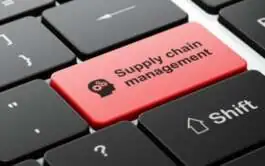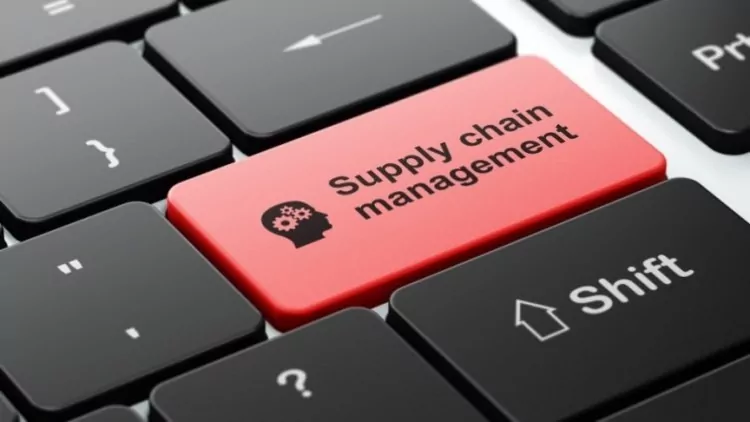Today, pharmaceutical companies have to manage incredibly complex supply chains and the operational challenges of working and interacting with huge numbers of suppliers that provide the ingredients and components for drug production. These multiple supplier interfaces can present potential risks to product safety and compliance. In addition, with increased globalisation, the supply chain of medicinal products can often extend across multiple transportation routes and regulatory jurisdictions. Such extended supply chains present specific challenges for the QP in terms of preserving the quality of the pharmaceutical product in-transit and the increasing global risk of falsified medicines entering back into the supply chain. Counterfeit drugs re-entering the supply chain remains the biggest recurring problem in the developing world where, in Africa and parts of Asia and Latin America, the proportion of counterfeit medicines has been estimated by the World Health Organisation to be as high as 30%. The QP needs to know the entire supply chain map for the medicinal product end to end – from the initial sourcing of materials from approved suppliers through manufacturing and on to the delivery of the product to the final customer or patient. Annex 16 of the EU GMP guide requires that in order for the QP to certify the pharmaceutical product for release to market or for export, documented information on the entire supply chain of the medicinal product must be available for the QP. This documented supply chain map should include the manufacturing sites of the starting materials and packaging materials for the medicinal product and include any other materials deemed critical through a risk assessment of the manufacturing process. All subcontractors of critical steps such as sterilisation of components and equipment for aseptic processing should also be included in the supply chain map. In addition, the QP should:
- Have full knowledge and awareness of all parties involved in the sourcing, manufacturing, storage and transport of the medicinal products they supply to the customer, and ultimately to the patient.
- Ensure all suppliers are appropriately qualified and licensed.
- Use a risk based approach to assess the transport routes to ensure that the potential for falsified medicines being introduced into the supply chain is minimised.
- Ensure that transport conditions are qualified so that all materials and medicinal products are securely transported in line with appropriate temperature and humidity ranges, and are not subjected to conditions that may compromise quality.
- Ensure that there are written agreements in place with all parties.
- Ensure that the medicinal products are only supplied to persons who are in procession of a wholesalers distribution authorisation or who are authorised or entitled to supply medicinal products to the public.
Quality Risk Management principles can help the QP to address the multiple supply chain challenges. It is about developing and implementing a plan of action and the constant review of the risks associated with the supply of pharmaceuticals in the following areas, for example:
- The Product
- The Manufacturer
- The Storage Facility
- The Customer
Risk management cannot take a back seat once the initial assessments and due diligence is completed. Risks change all the time and need to be monitored regularly. The best approach is to set up a cross-functional team consisting of experts from procurement and logistics, quality, compliance, and legal and financial functions. This way, supplier risk can be assessed from multiple perspectives to provide a holistic picture of how it affects the company on a continuous basis. The key for the QP to dealing with these challenges is to be prepared — to plan ahead and to develop a robust risk management strategy, enabled and supported by technology. As the supply chain grows more complex, there are appropriate, effective controls and procedures in place to proactively manage and mitigate the potential risks to patient safety and compliance. If you would like to discuss Key Issues in supply Chain Management and how to overcome them – please connect with us +353 1 846 47 42 or contactirl@pharmalex.com. diliQPdili







